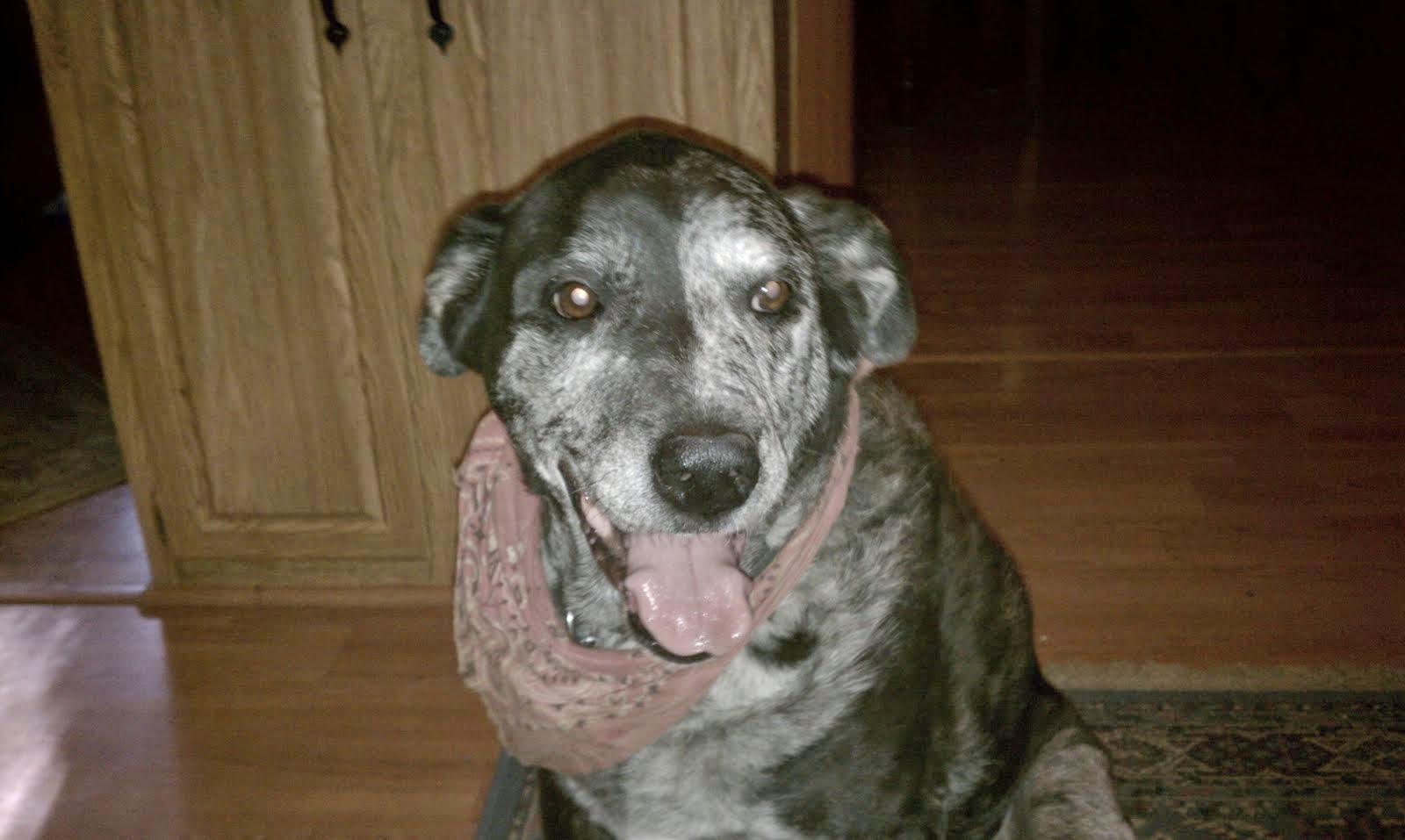Glutamine and cancer.
OBJECTIVE: This overview on glutamine and cancer discusses the importance of glutamine for tumor growth, summarizes the alterations in interorgan glutamine metabolism that develop in the tumor-bearing host, and reviews the potential benefits of glutamine nutrition in the patient with cancer.
SUMMARY BACKGROUND DATA: Glutamine is the most abundant amino acid in the blood and tissues. It is essential for tumor growth and marked changes in organ glutamine metabolism are characteristic of the host with cancer. Because host glutamine depletion has adverse effects, it is important to study the regulation of glutamine metabolism in cancer and to evaluate the impact of glutamine nutrition in the tumor-bearing state.
METHODS: Data from a variety of investigations on glutamine metabolism and nutrition related to the host with cancer were compiled and summarized.
RESULTS: Numerous studies on glutamine metabolism in cancer indicate that many tumors are avid glutamine consumers in vivo and in vitro. As a consequence of progressive tumor growth, host glutamine depletion develops and becomes a hallmark. This glutamine depletion occurs in part because the tumor behaves as a "glutamine trap" but also because of cytokine-mediated alterations in glutamine metabolism in host tissues. Animal and human studies that have investigated the use of glutamine-supplemented nutrition in the host with cancer suggest that pharmacologic doses of dietary glutamine may be beneficial.
CONCLUSIONS: Understanding the control of glutamine metabolism in the tumor-bearing host not only improves the knowledge of metabolic regulation in the patient with cancer but also will lead to improved nutritional support regimens targeted to benefit the host.
Glutamine is a type of amino acid that has several essential functions in the body, including supporting the immune system, proper digestion and promoting brain activity. Glutamine is one of the most common types of amino acids found in the body. It is typically stored in the muscles and in the lung tissue. Because the body creates its own glutamine, deficiency of this amino acid is somewhat rare. For some people, particularly those with previous health conditions, glutamine deficiency can cause symptoms that may be difficult to manage.
Increased Infections
Part of the function of glutamine is to strengthen the body's immune system. Low levels of glutamine result in an increased susceptibility for infection, particularly among certain populations. During times of stress due to illness or excessive exercise, the body releases cortisol, which ultimately lowers glutamine levels that are stored. People who already have chronic illness, the elderly and those with lowered immune properties such as recent transplant recipients or those undergoing chemotherapy, may be more likely to develop an infection as a consequence of low levels of glutamine.
Weight Loss
Glutamine works to preserve the lining of the stomach and intestines. For people who have chronic gastrointestinal disorders, such as Crohn's disease or inflammatory bowel disease, low levels of glutamine may contribute to weight loss. Additionally, people with HIV/AIDS may lose weight and muscle mass due to their illnesses, a condition that may be exacerbated by low levels of glutamine. According to the University of Maryland Medical Center, glutamine supplements may help with intestinal absorption of important nutrients.
Bowel Changes
Low levels of glutamine can impact the gastrointestinal system. Under normal circumstances the body digests food from eating and converts some of it to glucose to be used by the cells for energy. If you need more energy than the body can provide through glucose, glutamine steps in to provide energy for the cells. It typically works among the cells of the gastrointestinal tract, and low glutamine levels result in diminished cell activity in this part of the body. In some situations, glutamine may be used as a supplement for people with inflammatory bowel disease or chronic disorders that cause excess diarrhea.
Energy Levels
Some people with low levels of glutamine may have decreased energy levels. Because it is stored in the muscles, low levels of glutamine may have an effect on those who train in sports such as weight lifting. This is observed among those who participate in excessive levels of exercise or who experience overtraining syndrome. Because the body undergoes stress during intense exercise, it may require higher levels of glutamine. If the body cannot keep up, the athlete may experience fatigue and poor performance.
